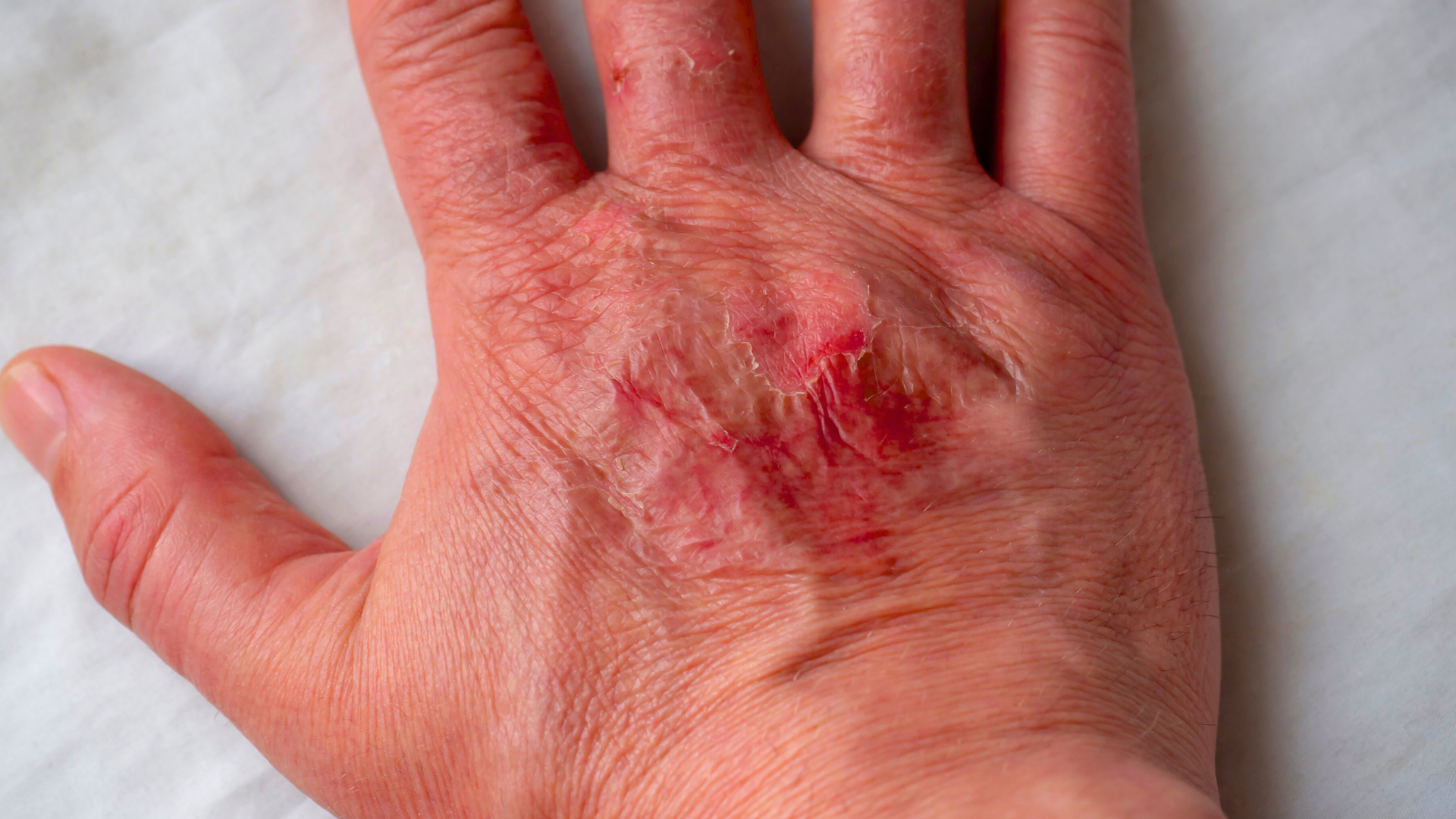Grounding has caught the eye of many for its health benefits, but its role in wound healing is particularly intriguing. This practice, which means being in direct contact with the Earth, might be more than just a feel-good ritual; it could be a key to faster recovery from injuries.
Can Grounding Help Heal Wounds Faster?
Yes, evidence suggests that grounding might hasten the healing process of wounds.
Evidence Rating: Moderate

Existing studies provide moderate evidence that earthing can play a significant role in healing wounds. Studies showcase promising results, but the field awaits further exploration.
Pros:

- Improved Healing: Evidence, including before-and-after images, demonstrates that earthing can speed up the healing process of chronic wounds, as seen in patients who have not responded to traditional treatments.
- Reduced Inflammation and Pain: Grounding has been shown to reduce inflammation and pain, two major obstacles in wound healing. When grounded, patients report feeling less discomfort and showing signs of faster recovery.
- Boosts Overall Health: Beyond wound healing, grounding improves circulation, reduces cortisol levels, and enhances sleep quality, which can indirectly support the body's natural healing processes.
Cons:
- Consistency and Application: One challenge is determining the optimal duration and frequency of grounding for effective wound healing. The current evidence must fully outline these specifics, allowing individual experimentation.
- Need for Integrative Studies: Much of the grounding research has been piecemeal, addressing various health outcomes without a unified theory of how grounding aids explicitly wound healing. Comprehensive studies that integrate grounding within broader wound care protocols are needed.
Related Articles:
Can Earthing Boost Metabolic Health?
Does Earthing Influence Thyroid Function?
Scientific Evidence

Oschman, Chevalier, and Brown's findings highlight the multifaceted benefits of grounding, revealing its positive impact on inflammation, immune response, and wound healing (1). Grounding shifts the body's physiological state, fostering an environment conducive to recovery. Notably, the research showcases grounding's ability to modify white blood cell counts, cytokine levels, and other inflammatory markers, which are crucial for healing. Moreover, documented cases, such as the healing of a long-standing open wound in an elderly diabetic patient, provide compelling visual evidence of grounding's effectiveness in wound care. These instances illustrate a reduction in pain and significant healing advancements, underscoring grounding's potential as a complementary healing modality.
Another group's clinical observations also involved an older woman's non-healing wound, dramatically improved through grounding (2). This example further reinforces that grounding can significantly expedite the healing process, especially in wounds unresponsive to conventional treatments. The research suggests grounding enhances tissue repair and boosts circulation, which is pivotal for wound recovery.
In a study entitled: Grounding and Skin Repair: The Power of DC Energy," Koniver explores the natural DC energy provided by the Earth and its implications for skin health, particularly wound healing (3). The skin utilizes a DC electrical field for cell migration and repair, a process known as electrotaxis.
By tapping into the Earth's DC energy, grounding shows promise in supporting skin health, offering improvements in keratinocyte recovery and overall wound healing. This research positions grounding as a potential ally in dermatological care and anti-aging, advocating for more in-depth studies on its benefits.
Sinatra and co-authors' review documented grounding's wide-ranging positive effects on health, from reducing physiological and emotional stress to aiding wound healing. Grounding's influence on lowering cortisol levels, calming the brain's electrical activity, and normalizing muscle tension contributes to a faster recovery from injuries and trauma. Their findings, supported by cases like the rapid recovery of a cyclist's serious leg injury, highlight grounding's role in minimizing inflammation and discomfort, facilitating continued post-injury activity (4).
These studies present a strong case for grounding as a viable, natural approach to enhancing wound healing. By controlling inflammation and improving physiological responses, grounding is a noteworthy addition to traditional wound care practices, meriting further exploration and integration into holistic health strategies.
References:
- Oschman, James L, et al. “The Effects of Grounding (Earthing) on Inflammation, the Immune Response, Wound Healing, and Prevention and Treatment of Chronic Inflammatory and Autoimmune Diseases.” Journal of Inflammation Research, U.S. National Library of Medicine, 24 Mar. 2015, www.ncbi.nlm.nih.gov/pmc/articles/PMC4378297/.
- Author links open overlay panelWendy Menigoz a, et al. “Integrative and Lifestyle Medicine Strategies Should Include Earthing (Grounding): Review of Research Evidence and Clinical Observations.” EXPLORE, Elsevier, 14 Nov. 2019, www.sciencedirect.com/science/article/pii/S1550830719305476.
- Koniver, Laura, and M.d. “Grounding and Skin Repair: The Power of DC Energy.” Current Research in Complementary & Alternative Medicine, Gavin Publishers, 21 Aug. 2023, www.gavinpublishers.com/article/view/grounding-and-skin-repair-the-power-of-dc-energy.
- Author links open overlay panelStephen T. Sinatra a 1, et al. “Grounding – the Universal Anti-Inflammatory Remedy.” Biomedical Journal, Elsevier, 15 Dec. 2022, www.sciencedirect.com/science/article/pii/S2319417022001706.
About the Author


